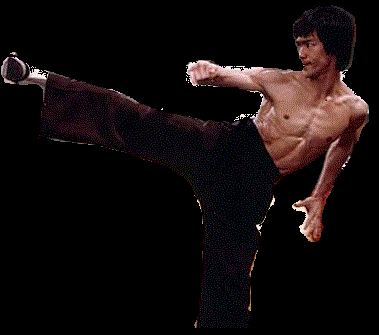Kendo
Kendo (剣道 kendō), meaning "Way of The Sword," is a modern Japanese martial art/sport, which descended from traditional swordsmanship (kenjutsu) and uses bamboo swords (Shinai), and protective armor. Today, it is widely practiced across Japan and many other nations across the world.
Kendo is a physically and mentally challenging activity that combines martial arts practices and values with sport-like strenuous physical activity.
History:
Swordsmen in Japan established schools of kenjutsu (the ancestor of kendo) which continued for centuries and which form the basis of kendo practice today.
The formal kendo exercises known as kata were developed several centuries ago as kenjutsu practice for warriors and are still studied today, albeit in a modified form.
The introduction of bamboo practice swords (shinai) and armor (bōgu) to sword training is attributed to Naganuma Shirōzaemon Kunisato during the Shotoku Era (1711–1715). Naganuma developed the use of bōgu and established a training method using the shinai.
In addition, the inscription on the gravestone of Yamada Heizaemon Mitsunori's (Ippūsai) (山田平左衛門光徳(一風斎)?, 1638–1718) third son Naganuma Shirōzaemon Kunisato (長沼 四郎左衛門 国郷?, 1688 - 1767), the 8th headmaster of the Kashima Shinden Jikishinkage-ryū Kenjutsu, states that his exploits included improving the bokuto and shinai, and refining the armor by adding a metal grille to the men (head piece) and thick cotton protective coverings to the kote (gauntlets). Kunisato inherited the tradition from his father Heizaemon in 1708, and the two of them worked hard together to improve the bogu until Heizaemon's death.
Kendo at an agricultural school in Japan around 1920
Lee Teng-hui (born 1923-), Taiwanese junior high school student, wearing kendo protector in Taiwan under Japanese rule.
The Dai Nippon Butoku Kai (DNBK) was established in 1895 to solidify, promote the ideals of "bushido" and preserve traditional systems of "bujutsu". The DNBK changed the name of the sporting form of swordsmanship, called gekiken, (Kyūjitai: 擊劍; Shinjitai: 撃剣, "hitting sword") to kendō in 1920.
Kendo (along with other martial arts) was banned in Japan in 1946 by the occupying powers. This was part of "the removal and exclusion from public life of militaristic and ultra nationalistic persons" in response to the wartime militarization of martial arts instruction in Japan. Kendo was allowed to return to the curriculum in 1950 (first as "shinai competition" (竹刀競技 shinai kyōgi?) and then as kendo from 1952).
The All Japan Kendo Federation (AJKF or ZNKR) was founded in 1952, immediately following the restoration of Japanese independence and the subsequent lift of the ban on martial arts in Japan. It was formed on the principle of kendo not as a martial art but as educational sport, and it has continued to be practiced as such to this day.
The International Kendo Federation (FIK) was founded in April 1970, it is an international federation of national and regional kendo federations and the world governing body for kendo. The FIK is a non-governmental organisation, and its aim is to promote and popularize kendo, iaido and jodo.
Practitioners:
Practitioners of kendo are called kendōka (剣道家), meaning "someone who practices kendo", or occasionally kenshi (剣士), meaning "swordsman". The old term of kendoists is sometimes used.
The "Kodansha Meibo" (a register of dan graded members of the All Japan Kendo Federation) shows that as of September 2007, there were 1.48 million registered dan graded kendōka in Japan. According to the survey conducted by the All Japan Kendo Federation, the number of active kendo practitioners in Japan is 477,000 in which 290,000 dan holders are included. From these figures, the All Japan Kendo Federation estimates that the number of "kendōka" in Japan is 1.66 million by adding the number of the registered dan holders and the active kendo practitioners without dan grade.





